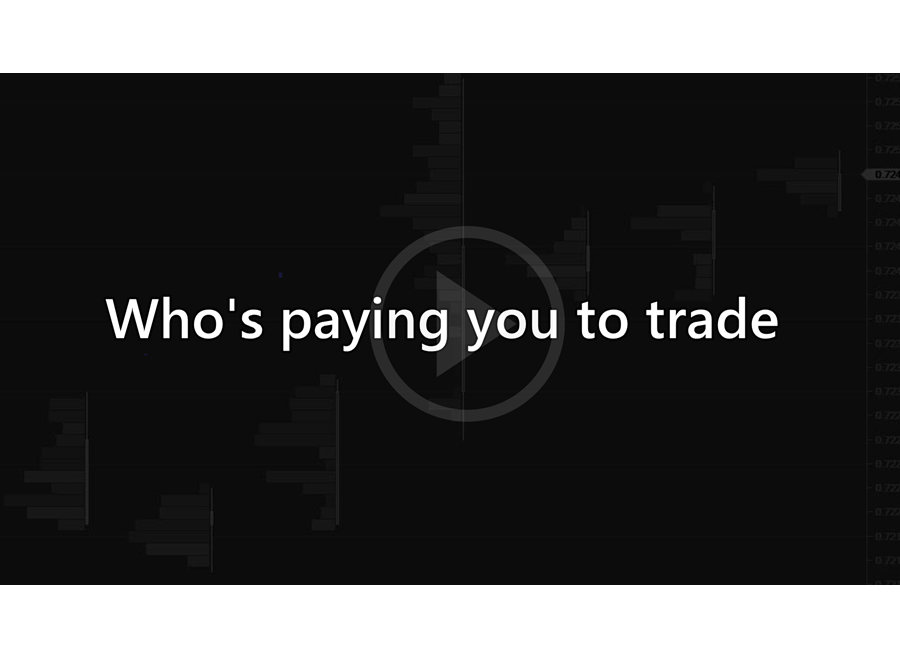Knowing who pays for your trades
You're trying to determine what price will do.
Will the market hold here?
Is this the reversal?
Will it break through or bounce?
But there's a different focus entirely: what will cause other traders to lose - and how to position against them.
After 19 years trading in professional firms, I've watched this distinction separate consistent performance from the win-some, lose-more cycle.
Dr. Brett Steenbarger who has worked with the best traders across every style - from day traders to portfolio managers - across all time frames, has seen the same pattern:
"The best traders I've known understand who they make their money from, how those market participants behave, and how they can take advantage of that behavior."
Changing from being price-focused to comprehending who's fearful, who's forced to exit at a loss and who's too late is a polar opposite approach to trading.
You probably think you understand this already.
But I've seen the divide between what you think you know and what actual narrative comprehension requires. What you don't know you don't know is expensive.
You don't see it because you've never seen what complete looks like. Your method has holes you don't recognise- places where you're forced to guess without realising you're guessing because it's subtle.
Those holes are where money gets lost.
This clip shows what trading looks like when you know who will lose before they do.
Deficiencies don't exist due to a lack of discipline or poor psychology. They exist because you don’t know what you don't know, but should.
When you first see how big the gap actually is, it can feel overwhelming. You might doubt you can get there.
But it's remarkable what happens over 9-12 months when ongoing feedback points out what you otherwise don't see that needs changing.

